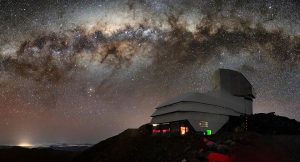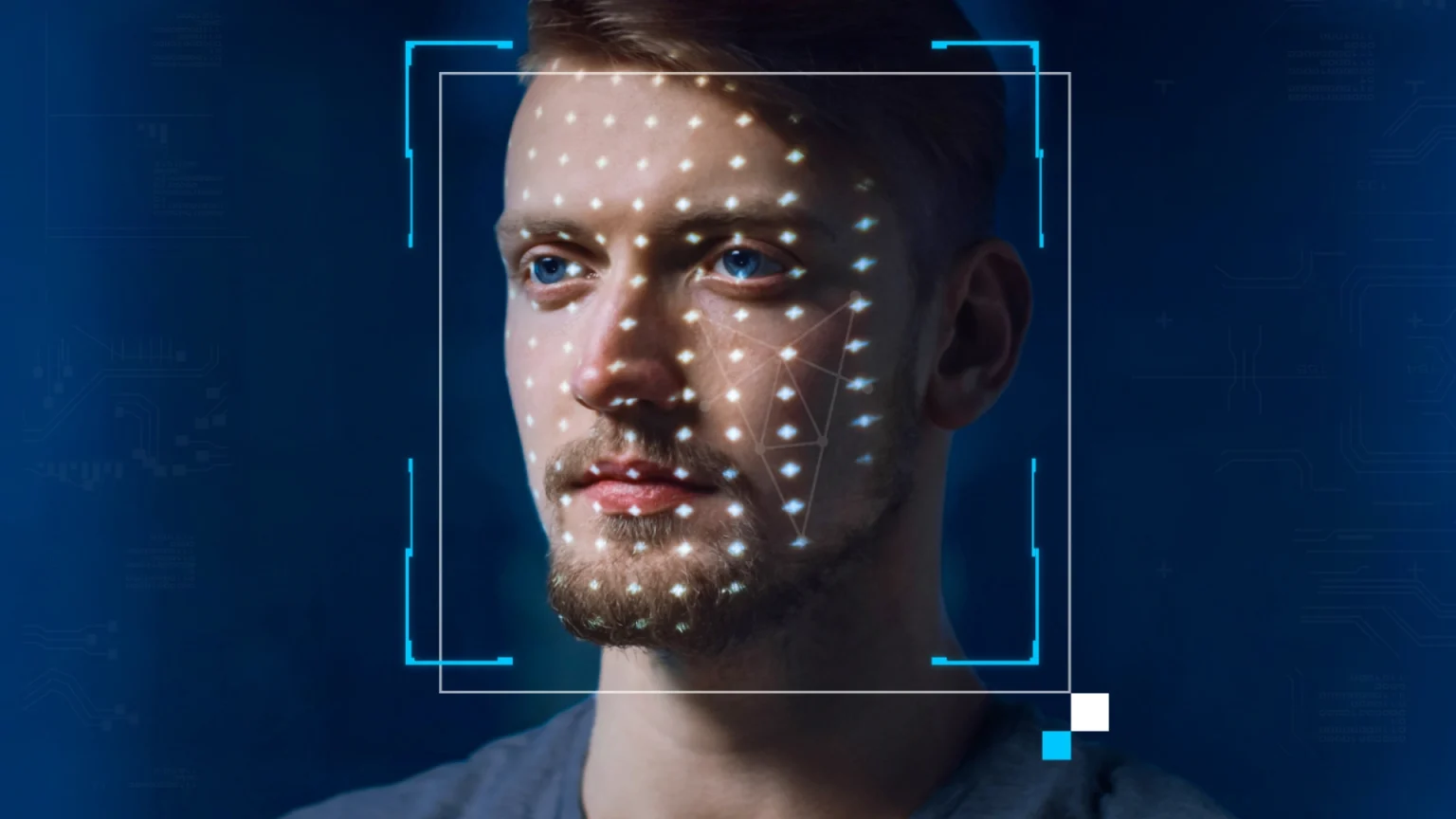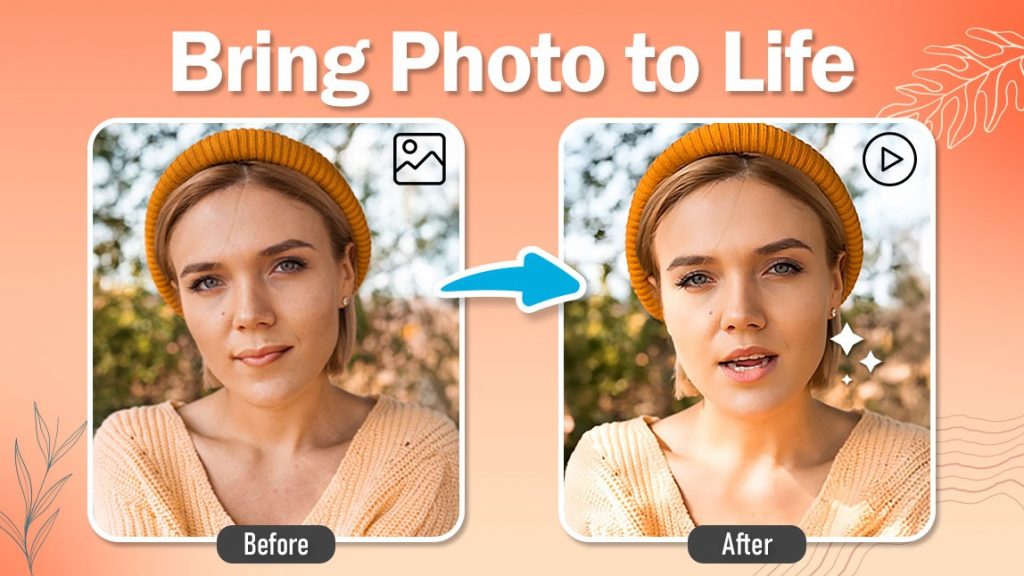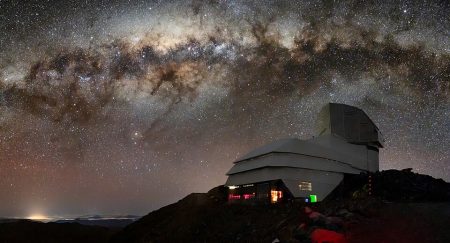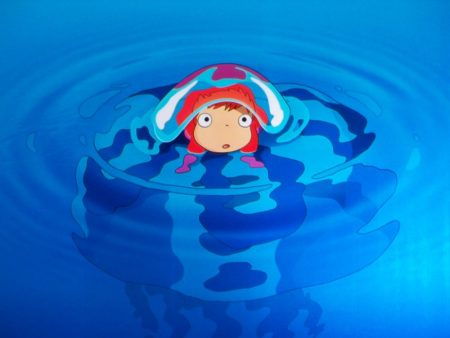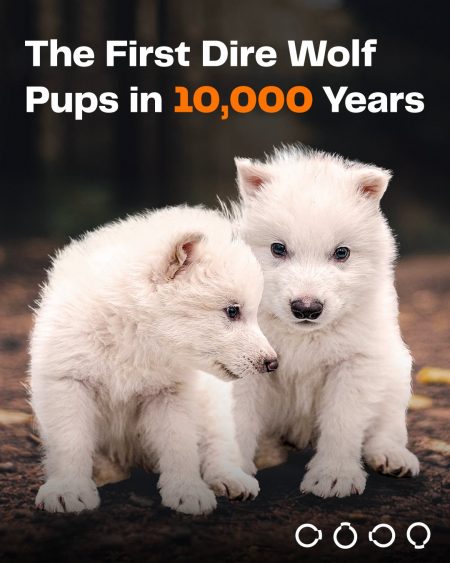The latest AI tool developed by TikTok’s parent company lets you create an entire video from just one single image. Adarsh gives you the full download!
Considering the pace and scope at which AI has been developing, this latest update comes as no surprise! Perhaps, the only reason this makes the news is the fact that it has already arrived…
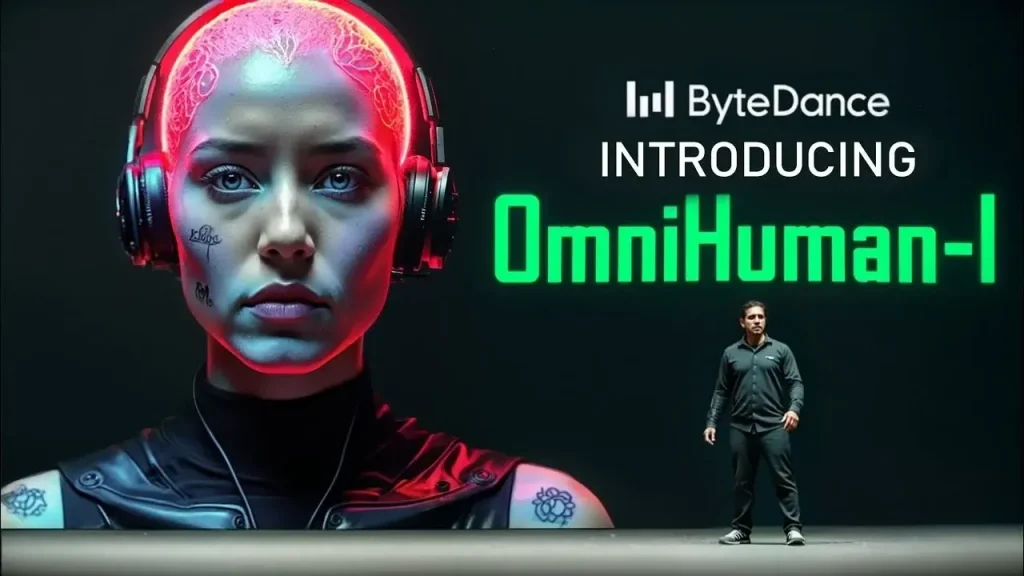
ByteDance – the parent company of TikTok – has announced the launch of OmniHuman, an advanced artificial intelligence system that has the capability to generate an entire full-body video from the input of just one photograph.
This is a major landmark in the field of AI-driven content creation and it has opened up a plethora of possibilities as far as digital media and entertainment are concerned!
How OmniHuman Works!
What sets OmniHuman apart from other similar AI systems is that it can create dynamic videos where the subject can speak, gesture and move naturally. The system has been trained on over 19,000 hours of video content and it uses this data to create videos that mimic human behaviour when it comes to movements and expressions.
One of the first demonstrations using OmniHuman is a video of Albert Einstein delivering a lecture. That video went viral the moment it was shared on the internet. And that itself is proof of how much of a difference this feature is.
OmniHuman video of Albert Einstein delivering a lecture:
As per a ByteDance researcher: “We propose an end-to-end multimodality-conditioned human video generation framework named OmniHuman, which can generate human videos based on a single human image and motion signals (e.g., audio only, video only, or a combination of audio and video).
“In OmniHuman, we introduce a multimodality motion conditioning mixed training strategy, allowing the model to benefit from data scaling up of mixed conditioning. This overcomes the issue that previous end-to-end approaches faced due to the scarcity of high-quality data. OmniHuman significantly outperforms existing methods, generating extremely realistic human videos based on weak signal inputs, especially audio. It supports image inputs of any aspect ratio, whether they are portraits, half-body, or full-body images, delivering more lifelike and high-quality results across various scenarios.”
Similar AI Tools
While OmniHuman is the first AI system that can claim to generate a believable video with just one image, there are other systems that can deliver similar results using a few images.
For starters, there’s Pollo AI that lets users generate videos by uploading images. It is easy to use and with the help of just images and a text prompt, it can create videos based on user-defined styles.
Canva has a similar AI Video Generator. It has a set of templates and editing features which makes it easy for users without advanced video creation skills to make AI generated videos using images.
Freepik also has a similar AI Video Generator that offers several generation modes and customisation options to create engaging videos with just images and prompts.
AI Generated Video of a Fake TedTalk:
Positives of AI Generated Videos
As is always the case, AI generated videos have their share of pros and cons. Here are some of the positives…
This is a definite win for digital media and entertainment. It increases the scope of generating video content. For instance, images of historical figures can be used to generate videos of their most famous moments or speeches and make it more interactive.
This can also play wonders in areas of education. Boring static diagrams as well as historical photos can be brought to life and this can help with engagement and retention.
AI generated videos can also help save time, effort and costs when it comes to marketing and advertising.
Perils of AI Generated Videos
Now to look at some of the negatives. First and foremost, deepfakes were already a menace. The fact that you can now create an entire video from just one image can lead to major defamation. It also
increases the risk of misinformation as realistic fake videos can lead to false news and malicious content.
Using images to create videos without consent, especially using images that have been procured from public platforms, infringes of privacy. Creating guidelines around unauthorised use of images and implementing them will be imperative to safeguard user privacy in the years to come.
The Last Word
The launch of OmniHuman shows the rapid pace at which artificial intelligence is advancing. As exciting as the possibilities of this new creation are, this also brings with it a set of challenges and implications.
Ethical usage and strict control of such features will be very important as we step into a future where AI can be used to create chaos. Whether this creation causes more negatives than positives remains to be seen.
In case you missed:
- 5 Free AI Assistants To Make Your Life Easier
- How to spot a Deepfake Video
- Cloudflare’s One-Click Solution for Image Verification
- Presenting Gemini Live, Google’s Response to ChatGPT Voice
- Heavenly Bytes: Is AI the new Medium to God?
- Samsung S25 Review: A Powerful Upgrade with AI Enhancements
- Active Listening Feature on Phones raises Privacy Concerns
- How Accurate are AI Web Searches?
- TalkBack, Circle To Search & 3 More Google Features added on Android
- OpenAI finally unveils its Advanced Voice Assistant!
